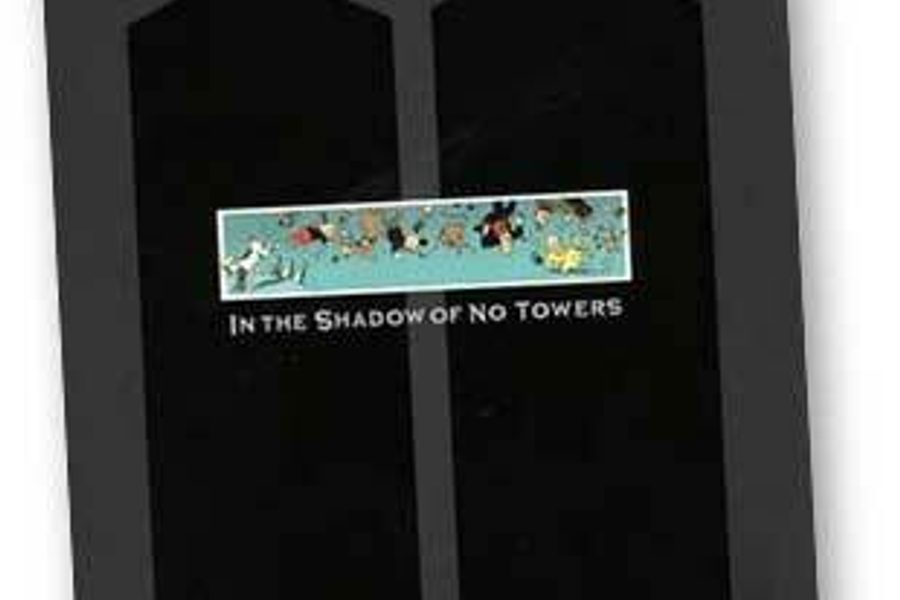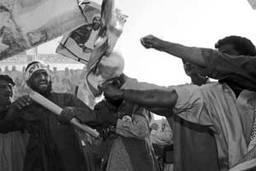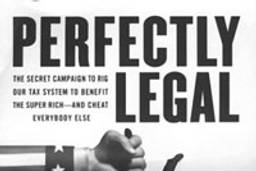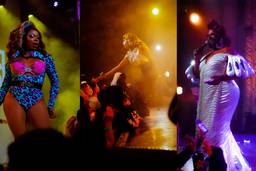
The twin spectacles of our recent national political conven-tions did their best to change the public’s perception of what, exactly, 9/11 means. While it was only a scant three years ago that lower Manhattan burned, both parties attempted to transform the day from tragic reality to mythic theater, hearkening back to a time when America stood united in grief and steely resolve.
The immediate reality following the attacks was markedly different for those of us living in New York and Washington — a terrifying mélange of bomb threats, small-scale military occupation and an ever-present stench of smoldering steel, glass and flesh. As Art Spiegelman writes in In the Shadow of No Towers, his powerful new collection of comics about the 9/11 attacks, we were simply “waiting for the other shoe to drop.”
Perhaps we still are. As if to underscore Spiegelman’s point, just a few hours before In the Shadow of No Towers arrived at my door in August, I awoke to an NYPD blockade of my Brooklyn neighborhood. The reason is still murky, but according to an officer on the scene, “a bomb was found on the block over.” As the incident never showed up in the news, it was certainly something less dire. But awakening to a neighborhood lockdown is a pretty auspicious way to kick off a Monday morning — particularly when it’s the first weekday following Tom Ridge’s latest guarantee of a terrorist attack against your city.
This seemed a fitting milieu in which to encounter Spiegelman’s highly personal account of his family’s reaction to the attacks (they live a few blocks from the site of the World Trade Center), and his disgust with the administration’s pursuit of war as a result. Those familiar with Spiegelman’s last book-length comic collection, 1992’s Pulitzer Prize-winning Maus, know that he is no stranger to political content and is adept at tracing personal stories through the often anonymous and brutal march of history. Maus tells the story of his parents’ persecution and internment at Auschwitz, and its particular genius lay in essential abstraction — portraying Jews as mice, Nazis as cats and Poles as pigs — that Spiegelman managed to ground by narrating the tale in his father’s shaky English.
Whereas Maus followed the traditional comic format of narrative panels reading left to right and was drawn in black and white, In the Shadow of No Towers is much more chaotic, mixing styles and themes throughout. Measuring 14 1/2 inches by 10 inches, its oversize pages are covered with interweaving narratives and stand-alone panels.
Most assuredly anti-Bush and unmistakably anti-war, Spiegelman’s partisanship has an organic New York feel and rhythm. In the introduction — where he notes that his post-9/11 travels to the Midwest showed him endless rows of houses “draped in flags that reminded me of the garlic one might put on a door to ward off vampires” — he captures the vague, uneasy feeling many New Yorkers have that 9/11 is an abstraction for many Americans, whose “Let’s roll!” mentality is divorced from a healthy conception of the true cost of revenge. The attacks, after all, were committed by men who justified their atrocities through the self-righteousness of vengeance.
Perhaps the most powerful illustration in the book is Spiegelman’s rendering of the glowing, skeletal towers just before they fell. Set on the edges of every page in the collection, it is the book’s lone unifying visual theme, the ghostly image being the last anyone saw of either tower.
Despite the power of many of his drawings and personal vignettes, Spiegelman indulges himself a bit too much in the final pages, reprinting several turn of the (20th) century cartoons that ran in New York tabloids. His reasoning is that after 9/11 these reminders of halcyon days were the only illustrations he could truly enjoy, but their inclusion detracts from the book as a whole, and seem more of a space-filler than a meaningful contribution to the project.
Spiegelman’s raw anger and continuing fear of more attacks will undoubtedly find currency with those on the anti-war, anti-Bush left. But his insistence on flogging the “no war for oil” horse will likely win him few friends on the other side of the aisle — or with those who have tired of simplistic, placard-waving agitprop. But speaking truth to power has never been about tailoring one’s message to core demographics, and Spiegelman uses his bully pulpit to lay bare the personal stories of people caught in the brutal wave of history and hatred.








